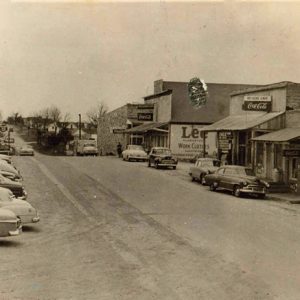 Melbourne Street Scene
Melbourne Street Scene
County: Izard
 Melbourne Street Scene
Melbourne Street Scene
Miller, John Eldon
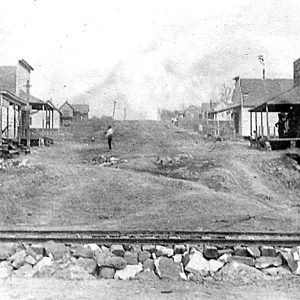 Mount Olive
Mount Olive
Mount Pleasant (Izard County)
 Mount Pleasant
Mount Pleasant
Mount Pleasant Academy
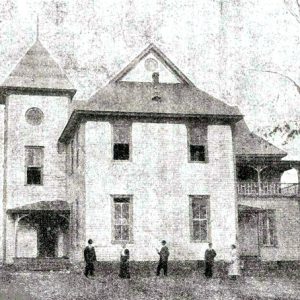 Mount Pleasant Academy
Mount Pleasant Academy
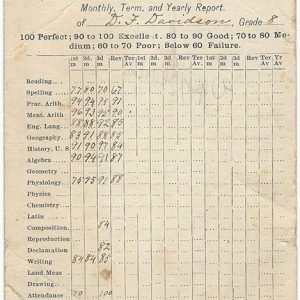 Mount Pleasant Academy Report Card
Mount Pleasant Academy Report Card
 Old Tate Store
Old Tate Store
 William A. Oldfield
William A. Oldfield
Oldfield, William Allan
Oxford (Izard County)
Ozark English
Ozark Mountains
aka: Ozarks
Ozark Pocket Gopher
aka: Geomys bursarius ozarkensis
 Ozark Queen Display
Ozark Queen Display
Ozarka College
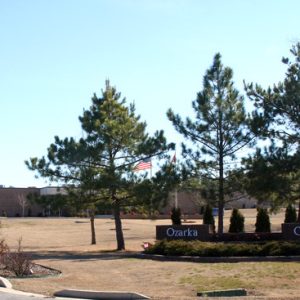 Ozarka College
Ozarka College
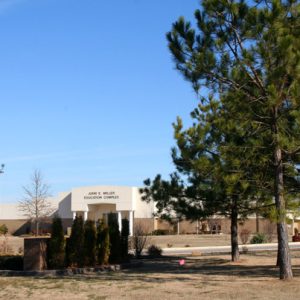 Ozarka College
Ozarka College
Penters Bluff (Izard County)
aka: Penter’s Bluff (Izard County)
 Perryman Hardware
Perryman Hardware
Pineville (Izard County)
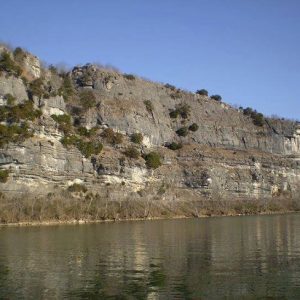 Penters Bluff
Penters Bluff
 Railroad at Guion Sand Mine
Railroad at Guion Sand Mine
 Railroad Display
Railroad Display
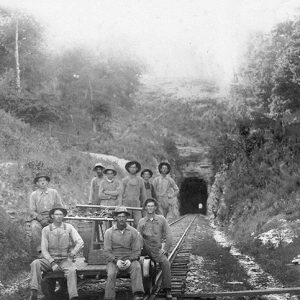 Railroad Workers
Railroad Workers
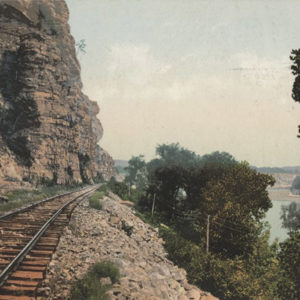 Railway at Penters Bluff
Railway at Penters Bluff
 Reeves Store/Post Office
Reeves Store/Post Office
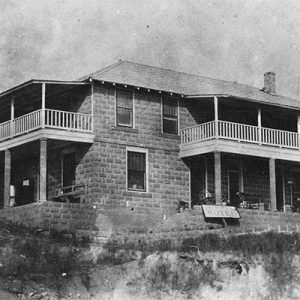 Riverview Hotel
Riverview Hotel
Ruddells (Izard County)
Shannon, Henry Karr
Shannon, Robert Fudge
Stella (Izard County)
Sylamore, Skirmishes at (January 23 and 26, 1864)
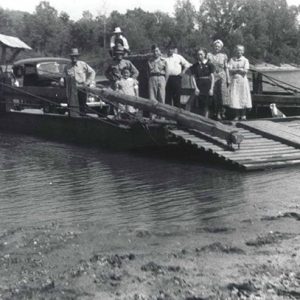 Talburt Ferry
Talburt Ferry
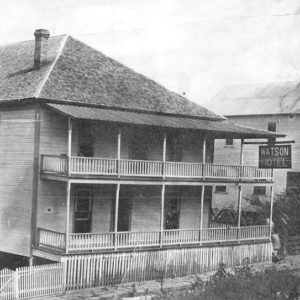 Watson Hotel
Watson Hotel
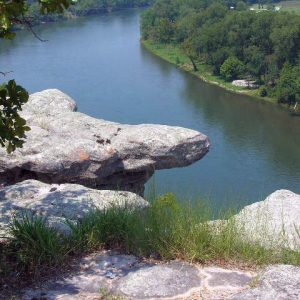 White River
White River
 White River
White River
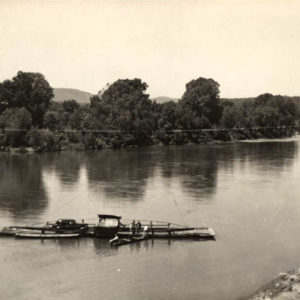 White River Ferry
White River Ferry
 White River Ferry
White River Ferry
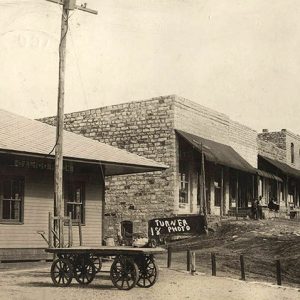 White River Railway
White River Railway
Wild Haws Expedition
aka: Strawberry Creek Expedition
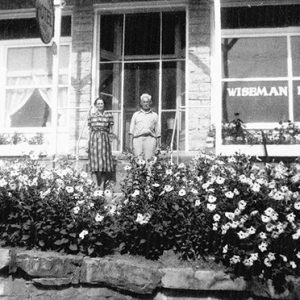 Wiseman Hotel
Wiseman Hotel




